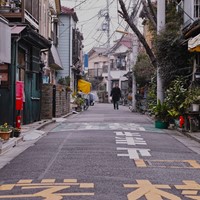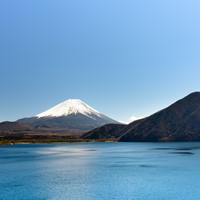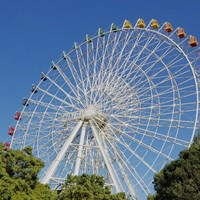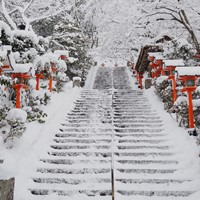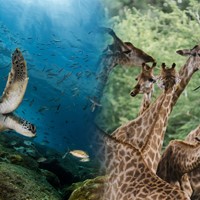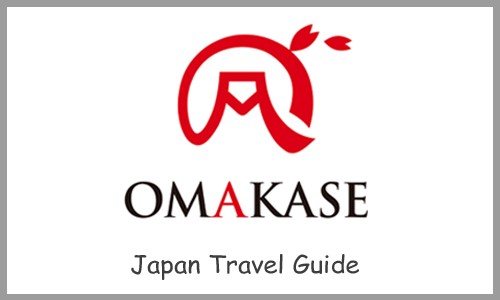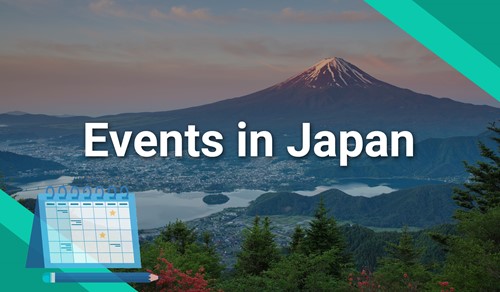"Must-See" Places in Japan - As Chosen by Expats Living in Japan

Expats living in Japan have explored their adopted nation of Japan. They have discovered lesser-known but infinitely more rewarding destinations. Here are some of their favorite spots.
You will find many other articles covering travel in Japan here such as "Tokyo Islands Uncovered: Top Travel Tips & Sightseeing Gems", "10 Best Places to See Autumn Leaves in Japan", "15 Best Tattoo-Friendly Onsens in Japan", and more.
Kochi: Great Outdoors and Awesome Knife-Making Experience

As many people stray away from the big cities in search of more peaceful nature filled areas where they can socially distance, the island of Shikoku has begun to increase in popularity. Within Shikoku, Kochi Prefecture has been well-loved by guests for its stunning nature - Kochi has a higher percentage of forest cover than any other prefecture in Japan, and the Niyodo River is said to be the country’s clearest.
There are four main highlights for nature seekers in Kochi - the vivid blue valleys of Shimanto and Niyodo Rivers, the Shikoku Karst and Yusuhara Village and the seaside cliffs of Cape Ashizuri.
The Niyodo River is said to contain the most transparent water in Japan, and its colour is so striking that it is known by locals as "Niyodo Blue". There are many walks you can do in the area, one popular walk is to the Nakatsu Gorge. This short walk has you meander along a path bordering the river until you reach a powerful waterfall by which you might want to stop and contemplate as you watch the heavy stream of water power over the cliff. Many activities are offered here, such as clear-bottomed kayaking, paddle boarding, or canyoning. For those in a wheelchair, there is even an accessible tour.
Shimanto River

Further South lies the Shimanto River, another area of serene nature. There are many rental cycle terminals in the Shimanto area from which you can rent or drop off your bicycle. Many travellers have enjoyed cruising on the paved path which runs alongside the river, riding past green tea fields and quaint country houses. The chinkabashi (submersible bridges) make for some great photo stops.
Chinkabashi are submersible bridges that are designed without side rails to reduce the risk of the bridge being washed away during a flood. One of the most popular activities to do in the Shimanto area is to forge your own knife using traditional Japanese techniques. Japan is famous for knife making, and the Shimanto is home to one of the country’s master blacksmiths, who can teach you all about the different techniques these artisans use.
Ishigaki Island: Relax on a Tropical Island

In the very South of Japan lies a collection of islands known as Okinawa. These are tropical islands, with a climate and culture very different from the rest of the country. One of the most Southern islands is Ishigaki, a diverse island offering world-class beaches and coral reefs, along with jungles and mangrove-filled rivers.
There are many things to do on Ishigaki itself, and you can also take a day trip to Iriomote or Taketomi Island. Of course there are many hidden beaches on Ishigaki but for the main ones, the following come highly recommended.
Sukuji Beach
It's netted so there are no dangerous creatures.
Akaishi Beach
Quiet and peaceful and has some coral close to the shore which you can swim to to snorkel.
Sunset Beach
A popular beach with facilities, rentals and shops. Nice soft sand.
Yonehara Beach
A great beach for snorkeling with many tropical fish.
Kabira Bay
One of the most touristic spots on Ishigaki, mostly due to its very picturesque scenery. You can't swim there but the glass-bottomed boat tour offered there is a good chance to see some corals and fish from above.
Of course, tropical destinations are perfect for scuba diving and other water sports. You can try paddle boarding, kayaking and snorkeling in the crystal clear water.
The Nakasendo: Trek Through the Ancient Road that Connected Tokyo and Kyoto in the Edo Period

Many people want to visit a place rich in history and culture. Usually Kyoto is the first area to spring to mind. For those looking for something else, the Nakasendo is a great option.
The Nakasendo is an ancient road which connected Tokyo and Kyoto in the Edo Period. People would hike for weeks along these mountain trails, stopping at various "post towns" along the way for rest and supplies. Some of these post towns are well-preserved and visitors are offered a glimpse into what life was like back then.
Rishiri and Rebun: The Best Northern Island Scenery in Japan

Rishiri and Rebun are two islands located in the far North of Japan, far closer to Russia than they are to Tokyo. Isolated and cold in Winter, in Summer they are a nature lovers paradise. Known for cycling, hiking and rare varieties of alpine flowers, these islands are a relatively off the beaten track must see destination.
Rishiri is the larger island, with volcanic Mt. Rishiri dominating the landscape from all sides. There are bus tours offered which can take you around all major spots, or for more freedom you can rent a car. Better yet, stay the night on the island and use a rental cycle to get around - Rishiri has a 60km course solely for cyclists.
Some of the highlights to do in Rishiri and Rebun:
- Climb Mt. Rishiri
- Cycling the 60km course
- Himenuma, a lake with stunning views of the mountain
- Lake Otatomari, the largest lake on the island with walks around the lake
- The Minamihara Wetlands, a lovely walk around the wetlands with a mountainous backdrop
- Senhoshi Misaki Park, a famous spot for seeing seals
Rebun is much smaller and has an entirely different landscape, resembling a European Nordic setting much more closely than Japan. The island is covered in wild green covered cliffs filled with wild alpine flowers. Rebun is actually known as "the floating island of flowers" due to the 300+ kinds of alpine plants which dot the island, some of which are unique to Rebun.
The best way to explore Rebun is by renting a car, and hiking if you desire. You can also take a sightseeing bus but these are more rushed and you cannot choose the spots you visit. There are several hiking courses that will take you over the island, all of varying lengths.
If You are Looking for Day-Tours / Customized-Tours
Omakase Tour will take care of your requests. Click the image to find more details.

